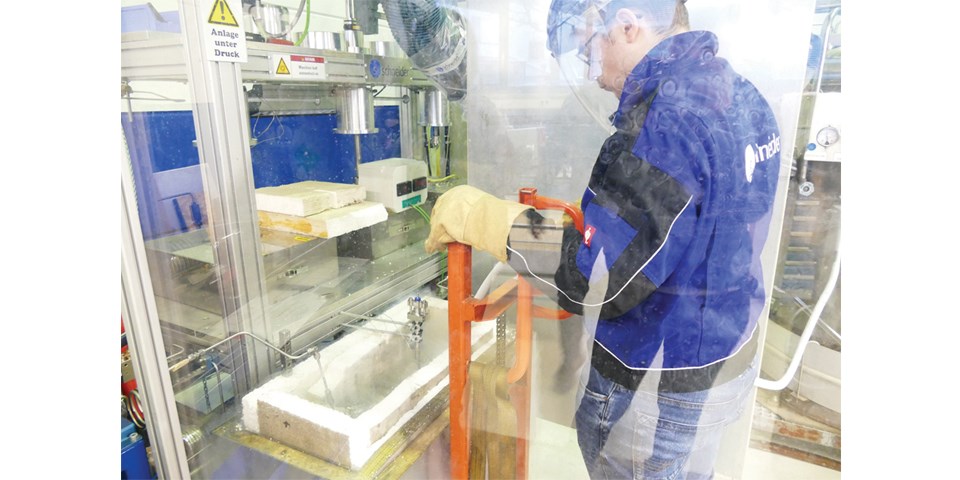Article by Jolanda Heunen
___
When choosing a valve for cryogenic applications a few things need to be taken into account. Considering the conditions aboard ships and in plants can be quite complicated for buyers. The specific nature of low-temperature cryogenic fluids demands specific valve performance. Proper selection ensures plant reliability, protection of equipment, and operational safety. The global LNG market uses two main valve designs: triple offset rotary tight isolation valves and single and dual flapper check valves.
These offsets allow the valve to operate open and closed, with minimal rubbing and friction in their operation. It also uses stem torque to make the valve more sealable. Trapped cavities are one of the challenges of LNG storage. In these cavities, the liquid can expand over 600 times explosively. The triple rotary tight isolation valve eliminates this challenge.
These valves are critical components in liquefaction plants. They prevent damage from flow reversal.
Material and sizing are essential considerations because cryogenic valves are expensive. The results of an incorrect valve can be detrimental.
How can the tightness of cryogenic valves be ensured? When contemplating the cost of making a gas into a cryogen in the first place, leakage is both costly and dangerous. A huge challenge with cryogenics is the potential for seat leakage. Buyers often underestimate the radial and linear growth of the stem as it relates to the body. If buyers select the correct valve, they can avoid the problems mentioned above. Schneider recommends the use of cryogenic valves made of stainless-steel material. This material copes well with the temperature gradient during operation with liquefied gases. The cryogenic valves should have the right sealing materials for a high tightness up to 100 bars.
Suppliers test cryogenic valves down to -196°Celsius; these tests are in keeping with specific international standards. AS-Schneider tests its cryogenic valves in liquid nitrogen. They use helium as the test medium. The cleanliness of the valve is essential in the cryogenic application. Grease or lubricants get very hard at low temperatures. Schneider try to prevent particles from getting into sealing areas. For example, if they get between the ball and the seats of a ball valve, there is no flat contact and sealant gets leaky. Thus, the manufacturer has to clean and degrease the valve before use. The buyers also have a responsibility for the cleanliness of the valve. They have to ensure that the installers assemble the valve with clean tools. All connections and piping parts should also be free of pollution of any kind.


